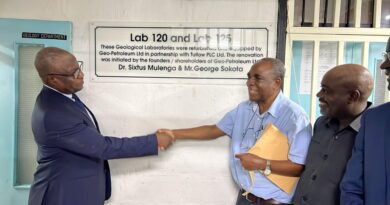Zambia’s Growth Model: Rebalancing in-Between Reforms and Resilience
Zambia’s 2025 national budget continues to demonstrate resilience, even as it navigates mounting fiscal pressures.
The country has recorded commendable performance in revenue collection, with domestic revenues exceeding mid-year targets, reflecting enhanced tax administration and a gradually expanding economy.
However, these macroeconomic gains have reinforced hopes for a recovery, anchored on robust growth in mining, agriculture, and infrastructure.
However, this positive momentum is tempered by critical macroeconomic headwinds. Inflation, currently hovering around 15%, remains well above the government’s target range of 6–8%, driven by the effects of drought, currency depreciation, and supply chain constraints.
On the other side, the country is currently witnessing debt service obligations which are consuming a significant portion of public resources, crowding out spending for essential sectors like health, education, and water infrastructure.
Spending inefficiencies, particularly delays in project implementation and leakages in procurement, further threaten the budget’s developmental impact.
The fiscal deficit, originally projected at 3.1% of GDP, is now expected to exceed 5%, signaling the need for urgent expenditure rationalization and improved budget discipline.
As the nation approaches the 2026 Budget Speech in September, Zambia finds itself at a fiscal crossroads.
The imperative is clear: implementing smart, targeted reforms that protect growth while restoring macroeconomic balance.
This further includes broadening the tax base without stifling businesses, accelerating public-private partnerships, and prioritizing investments that yield stronger social and economic returns.
Zambia has shown that recovery is very much possible. But to sustain it, policymakers must act decisively to align ambition with affordability—anchoring future budgets in fiscal realism, institutional accountability, and inclusive policy design.



